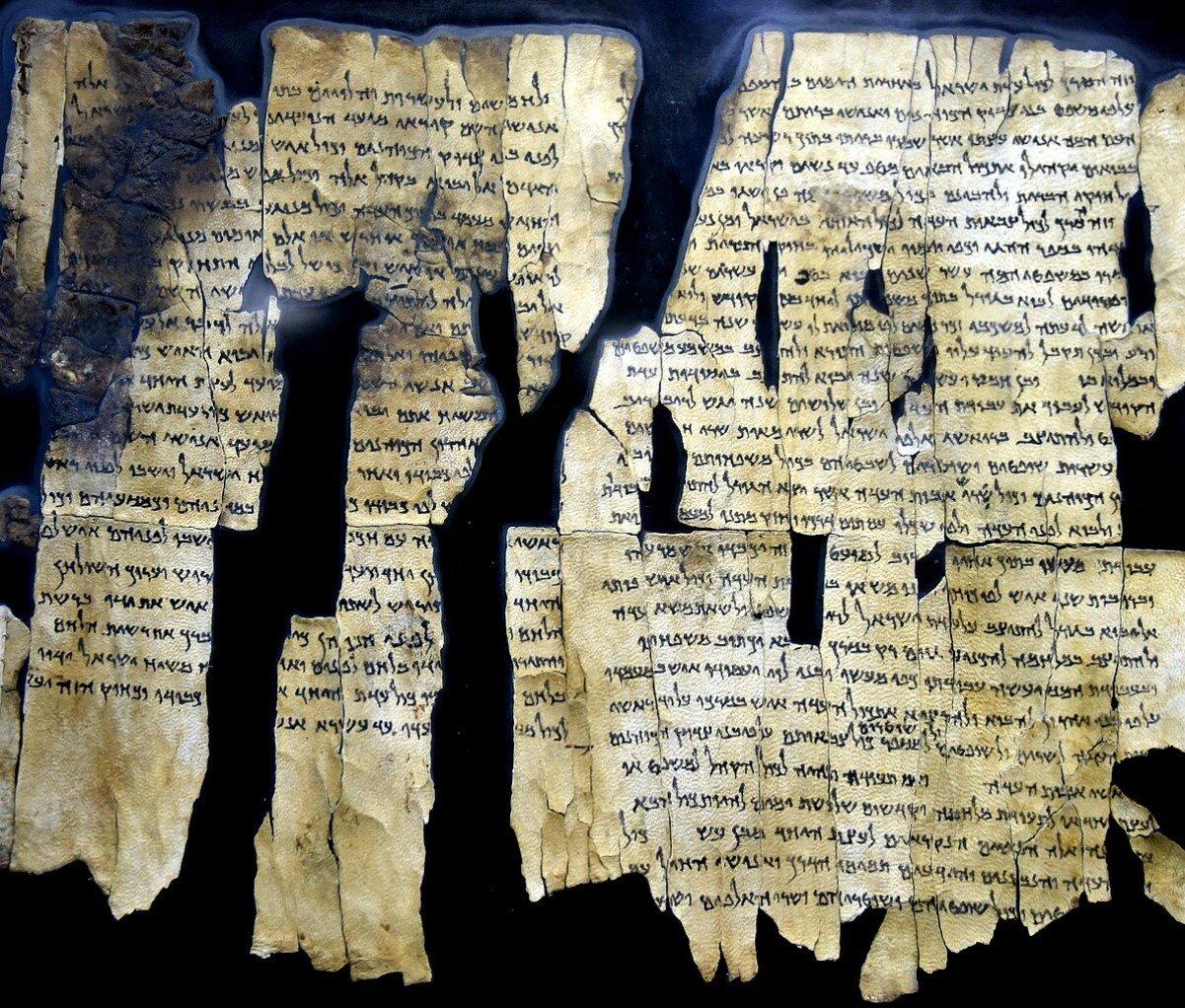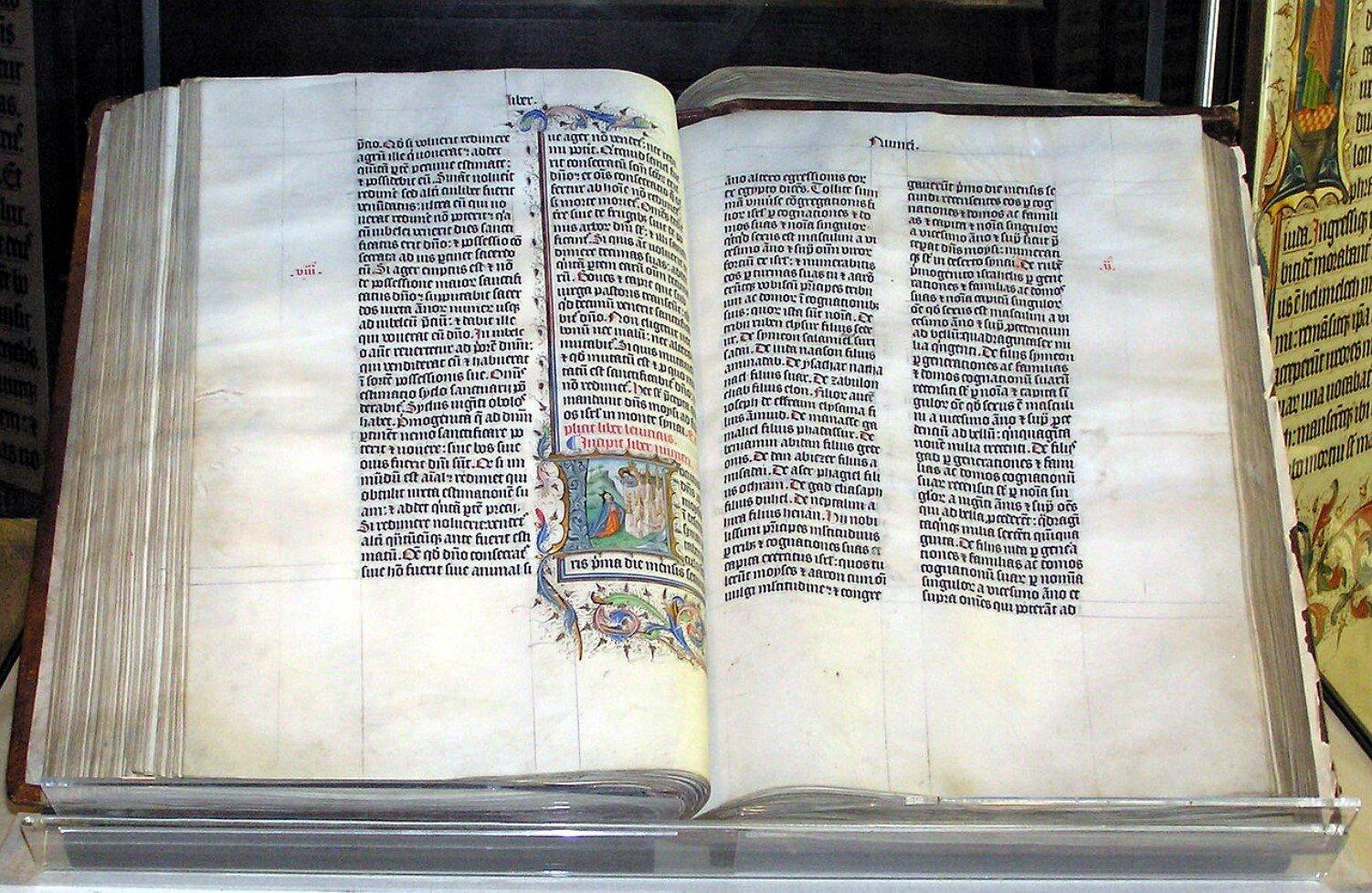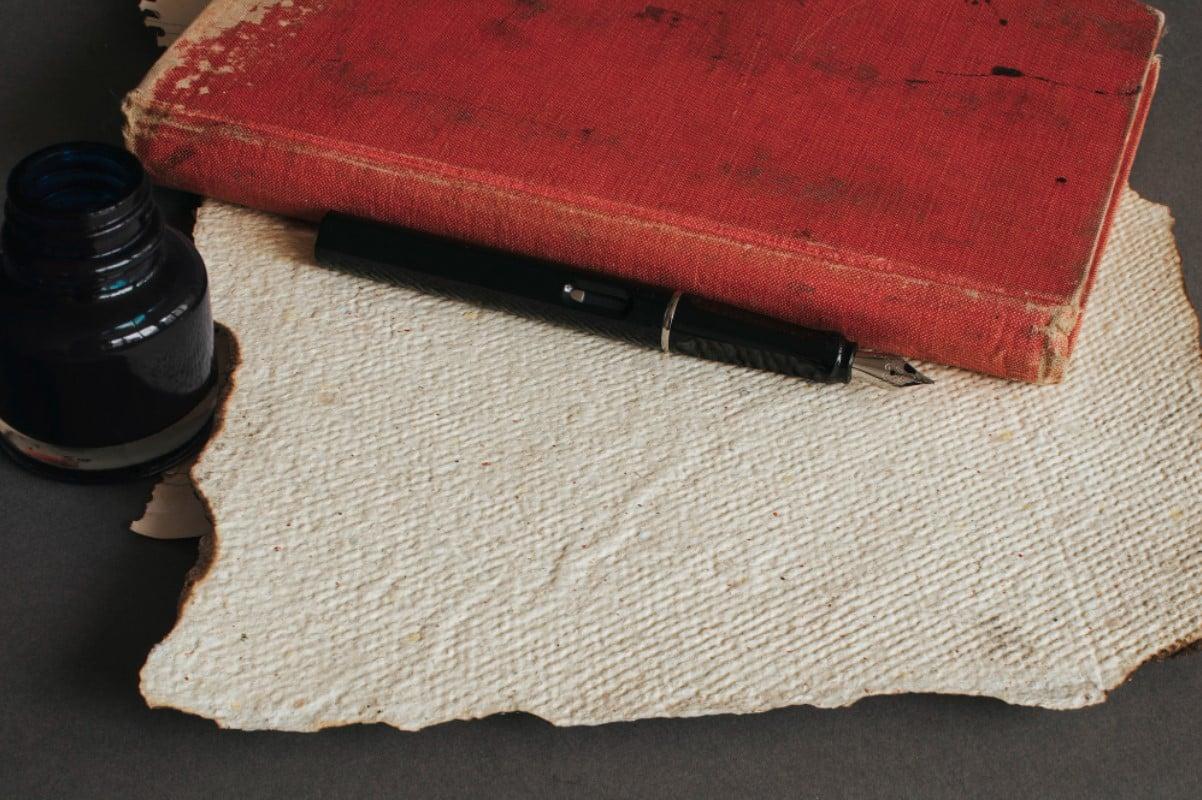A group of scientists recently announced they have discovered a chapter of the Bible that lay hidden for over 1,500 years.
The researchers used ultraviolet technology to reveal an ancient and previously unseen biblical chapter found beneath a different section of text. The discovery may help scholars better understand the earliest phases of the Bible’s textual evolution.
The Dead Sea Scrolls

While the Bible has been translated several times throughout the centuries, many Christians still believe that the original stories and meanings behind them have not been lost during this process.
This has been partially confirmed by discoveries such as the Dead Sea Scrolls, which produced a set of ancient Jewish manuscripts from the Second Temple period that contain biblical works including Genesis, Leviticus, Deuteronomy, 1 Kings, Psalms, and Daniel.
Scientists Discover Hidden Chapter in an Old Biblical Manuscript

Now, scientists believe they have discovered another previously missing part of the Bible, which came about after they used ultraviolet photography on an old manuscript.
According to their research, they discovered a short passage of text that was later covered by a different section of text at a distant part of history.
New Testament Studies Publish Shocking Discovery

Historian Grigory Kessel of the Austrian Academy of Sciences shared the news with the public in an article published by New Testament Studies.
News began to spread rapidly as Testament Studies is a revered and tested peer-reviewed academic journal published by Cambridge University Press.
Scientist Uses Technology to Reveal Hidden Message in Biblical Manuscript

Speaking on the find, Kessel explained he used ultraviolet photographic technology to examine three layers of words written on a palimpsest.
A palimpsest is a distinct kind of manuscript used by people in ancient times. Scribes sometimes wrote over portions of an older text; however, this normally left behind traces of the original writing.
Kessel’s New Biblical Discovery

The portion of text discovered by Kessel is a previously unseen version of Chapter 12 in the Biblical Book of Matthew, which was initially part of the Old Syriac translations.
According to a news release, the discovery was made from a manuscript the scientist sourced from the Vatican Library.
The Importance of the Hidden Chapters Discovery

During the press release, the importance of the find was highlighted.
While the original Greek of Matthew chapter 12, verse 1 says, “At that time Jesus went through the grainfields on the Sabbath; and his disciples became hungry and began to pick the heads of grain and eat,” the Syriac translation says, “[…] began to pick the heads of grain, rub them in their hands, and eat them.”
New Discovery Allows Researchers to Better Under the Bible

The new discovery offers a “unique gateway” in which researchers can better understand the earliest translations of the Bible and its evolution.
It also allows researchers to compare differences that arise between ancient and modern translations of the holy book.
Kessel Receives Praise for the Discovery

Claudia Rapp, director of the Institute for Medieval Research at the OeAW, shared her thoughts on the find and praised Kessel for his work in a statement.
She said, “Grigory Kessel has made a great discovery thanks to his profound knowledge of old Syriac texts and script characteristics.”
The Syriac Translation of the Bible

The Syriac translation of the Bible was written around a century before the oldest Greek manuscripts, including the Codex Sinaiticus.
Many of the earliest surviving Syriac translations of the bible date to around the 6th century. Most are preserved in the erased layers of ancient manuscripts, similar to the discovery recently made by Kessel.
Old Syriac Translations of the Bible

“Until recently, only two manuscripts were known to contain the Old Syriac translation of the gospels.,” said the news release.
“While one of these is now kept in the British Library in London, another was discovered as a palimpsest in St. Catherine’s Monastery at Mount Sinai. The fragments from the third manuscript were recently identified in the course of the “Sinai Palimpsests Project.”
New Evidence of Old Syriac Translation of the Bible

Kessel’s discovery is now considered the fourth piece of textual evidence of Old Syriac translations of the gospels.
=

